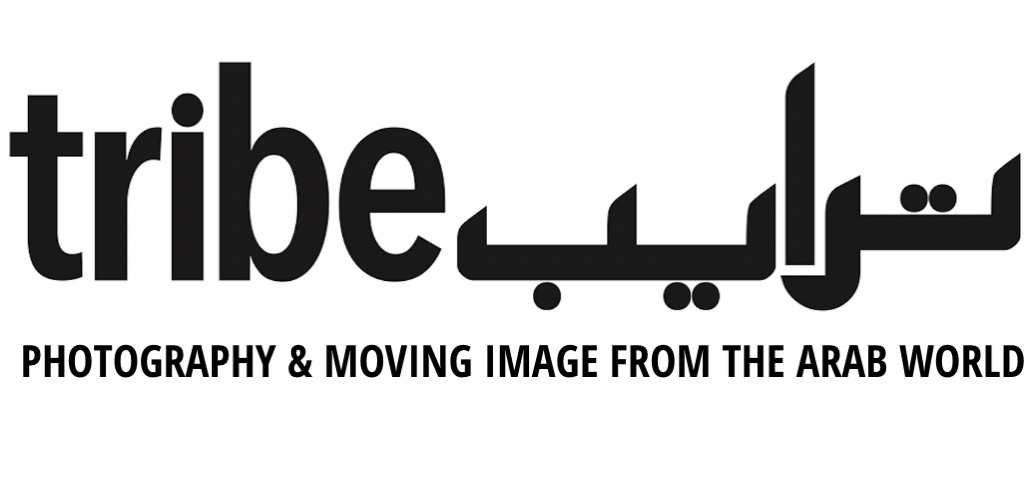Ghada Khunji: A lifetime of poetic portraiture
Adding dimension to documentary photography
Ghada Khunji, From the series Cuba (2005 & 2007) Cuba, Medium format analog. Courtesy of the artist.
With text by Latifa Al Khalifa, curator and arts manager.
“I wasn’t doing it to share immediate news, I was doing it because I was capturing stories,’ Khunji explains, “…sometimes those of people whom not necessarily everyone is interested in.” For decades, artist and photographer Ghada Khunji (b.1967), took the medium of documentary photography and used it as a catalyst to create visual poetry. Her photographs recite the stories of her subjects, who are carefully placed in the centre of her photographs. Not one of them smiles, and the camera is positioned in a way that gifts those she photographs with an arresting prominence, making them seem like they tower ten feet tall. One can find Khunji in her photographs. Not in the traditional sense as a self-portrait, but in the subjects and individuals she illuminates with her lens. Khunji boasts countless accolades, from winning the Lucie Discovery of the Year (2006), American Photo magazine’s Image of the Year Award (2007), as well as Golden Lights Award for Travel (2006), she continuously arrests her audience with images of people you might never meet, and yet feel an uncanny familiarity with.
Although Khunji dabbled in fashion photography whilst studying in New York at Parsons School of Design. Her interest in the glamorous, celebrity-packed parties quickly waned as she searched for something deeper. Khunji instead made a decision when it came to her art, she would traverse the globe for the truth she pined for. “ I searched for moments where I became the person that was my subject. Change to “Moments when I was seeing myself mirrored in the people I capturer, and the beauty of it was because I was only using negatives at the time, I knew I wouldn’t have 18,000 choices, to look at later when I came home.
It is in her travels that Khunji produces her best work. She portrays her subjects in a dignified light, amplifying their beauty, however never in the traditional sense. Regardless of a person’s background, she will capture their pride and their power. It is common denominator in her documentary portraiture for Khunji to tilt her camera at an angle which gives the people she captures a supernatural grandeur. Each photograph shows you a different person representing a world often hidden or forgotten, and a glimpse into khunji’s unique spirit . Every destination she travels to is an ambitious endeavour. The first of many trips was to Dominican Republic, which the artist credits as one her strongest series of documentary photographs. In this series, one can appreciate the beginning of something significant, a repertoire that Khunji will slowly build while defining her craft and technique.
Subsequently Khunji travelled to Cuba, Mexico, South Africa , India, America’s Bible Belt, and for each she documented the ephemeral and phantasmal resonance of the place. “I think I’ve always felt this, that as artists we should keep reinventing ourselves,” Khunji says. Another characteristic of her documentary work is that her images are timeless. With the click of her camera Khunji invites us into an alternate universe, where people are not defined by fashion, politics or the business of money. For her Hindustan series, Khunji travelled to India for two and a half months , living with the locals and finding new tales to tell. With limited film, she would only get a few chances for each shot and so she had to make it count, and quickly satiate her hunger for the perfect shot.
“When it came to the Indian girl with the braids… she didn’t want me to photograph her and usually that’s okay. I say thank you and am on my way. But, I couldn’t. I just really needed that picture. I felt I needed it. And so two guys, you don’t see in the negative , two older men, convinced her to say yes. And so, she gave me one photo. And believe it or not when I first saw the negative there was nothing to be fixed… The colours were something else but that’s the thing I couldn’t resist. It was waiting. She was waiting for me till that day.”
Being from Bahrain (which in many ways mimicks the attributes of a small town) it is rare for anyone to break the mould and pursue a career as a photographer. To boast Khunji’s adventurous spirit is even more impressive. And to also face the unknown and continuously find beauty through anger and sadness, in religious settings or slums, in light and shadow, to portray people from all walks of life as beautiful, strong and majestic, that is very special. “Well, I guess you have to just go where fate takes you right? You don’t risk it, you don’t get it.” And that encapsulates Ghada’s work, how she shows people, her steps were mapped before she even travelled. Each person she has photographed was waiting for her, so they could speak to her their truth.


